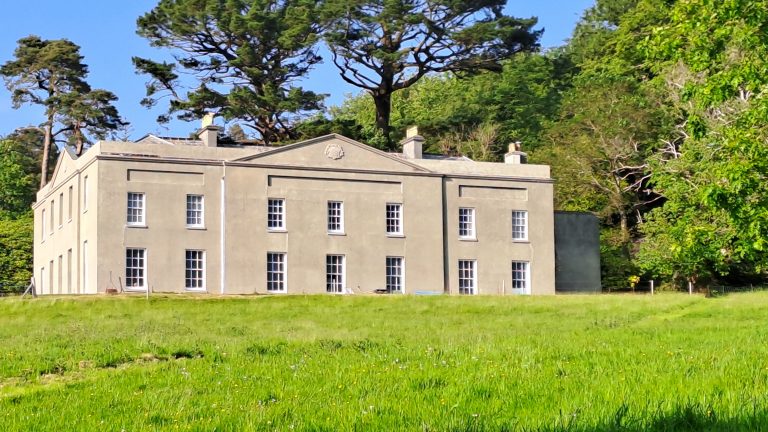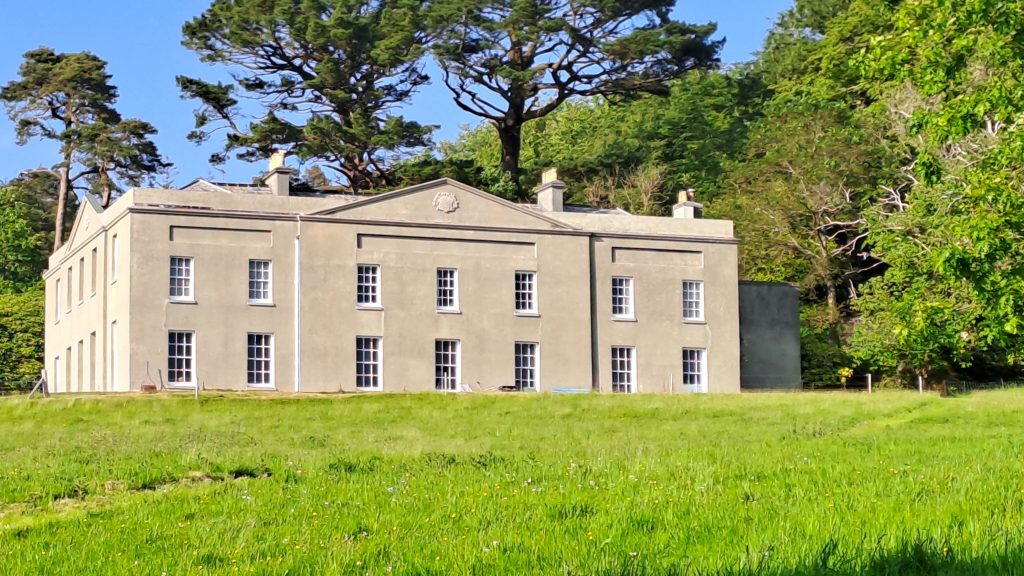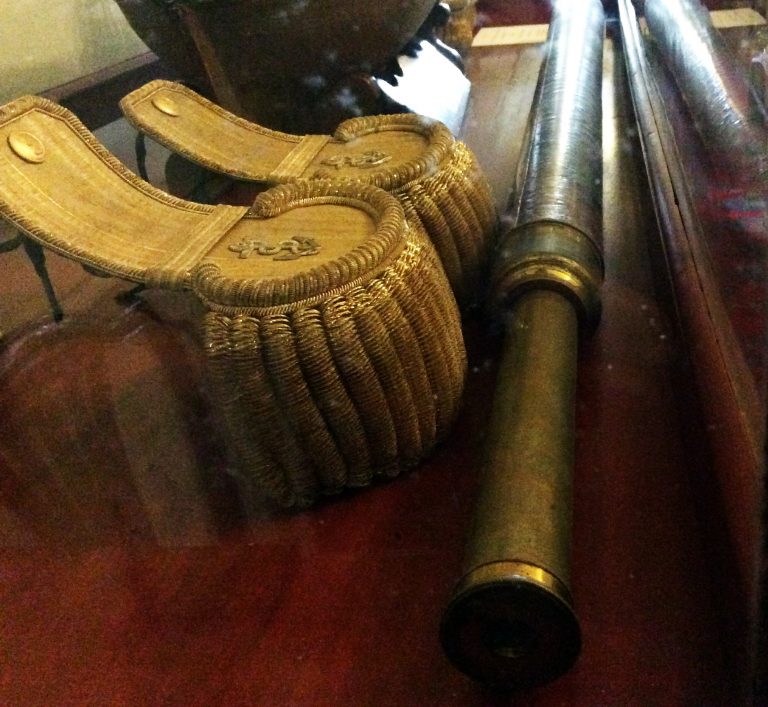
The House
In 1790, Thomas Woollcombe, a Plymouth surgeon, bought half of an area of land known as the manor of Hemerdon and gave it to his daughter Maria. Two years later, Maria married her cousin, George Woollcombe, and shortly afterwards they began the construction of Hemerdon House.
Initially, the house was a rather modest square building, the boundaries of which can still be seen. However, in 1799, Maria’s father died, leaving her some money. This allowed the couple to set about the expansion of the property to the structure which, except for some minor alterations, it retains to the present day.
In 1802, Maria died, and the following year George bought the other half of the manor of Hemerdon. In doing so, he put back together what had first been divided and sold by previous owners in 1687.
The house is set in landscaped grounds, the parkland having been laid out in 1802, with a pond and a walled garden.


The Family
The Woollcombe family’s presence in Devon has been recorded since the 12th century, and in the Plympton area since the 16th century. The history and contents of Hemerdon House reflect the family’s participation in local public life, in particular over the last 300 years, through the naval and military services, the clergy, the law, medicine, and local government.
The Family
The Woollcombe family’s presence in Devon has been recorded since the 12th century, and in the Plympton area since the 16th century. The history and contents of Hemerdon House reflect the family’s participation in local public life, in particular over the last 300 years, through the naval and military services, the clergy, the law, medicine, and local government.



The Collection
Occupied by the family for over 200 years, the house contains a wealth of history, both local and family-related.
Paintings, books and other artefacts have been accumulated by the family over the generations in the course of their varied careers. Many were acquired by George’s brother Henry, who was highly active in local affairs, and was not only a co-founder of the Plymouth Athenaeum but also an enthusiastic patron of local artists.
The Collection
Occupied by the family for over 200 years, the house contains a wealth of history, both local and family-related.
Paintings, books and other artefacts have been accumulated by the family over the generations in the course of their varied careers. Many were acquired by George’s brother Henry, who was highly active in local affairs, and was not only a co-founder of the Plymouth Athenaeum but also an enthusiastic patron of local artists.
